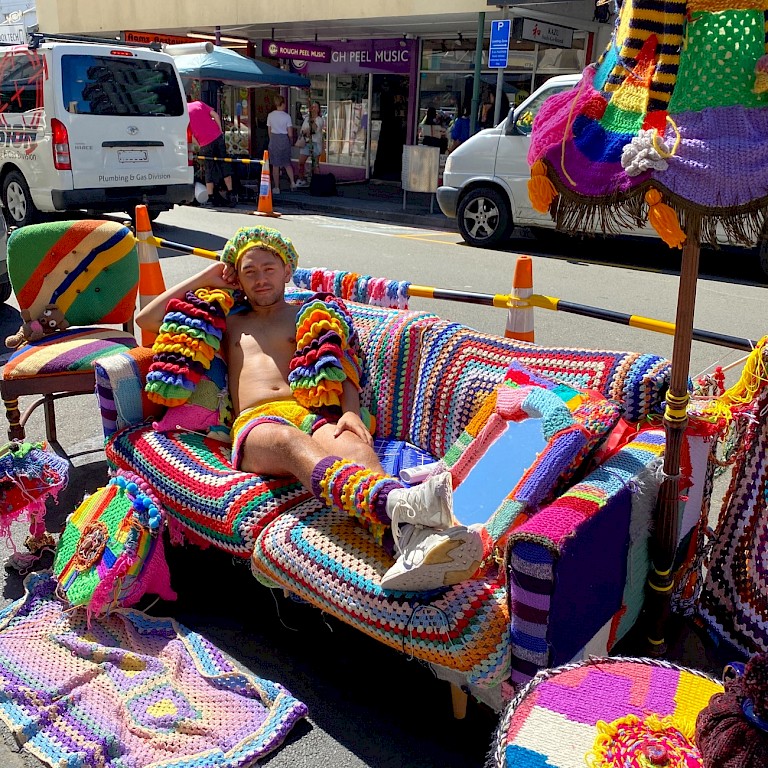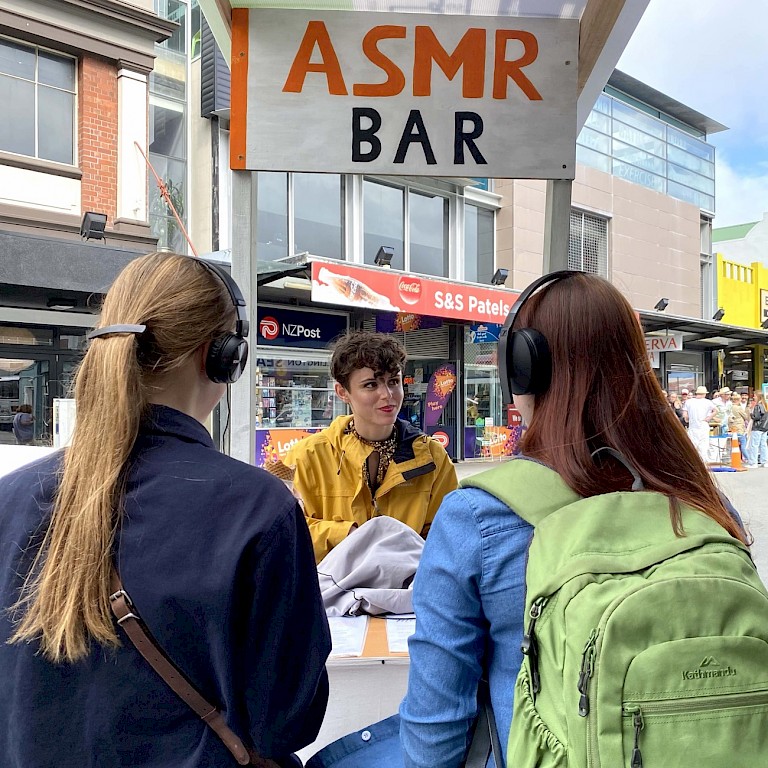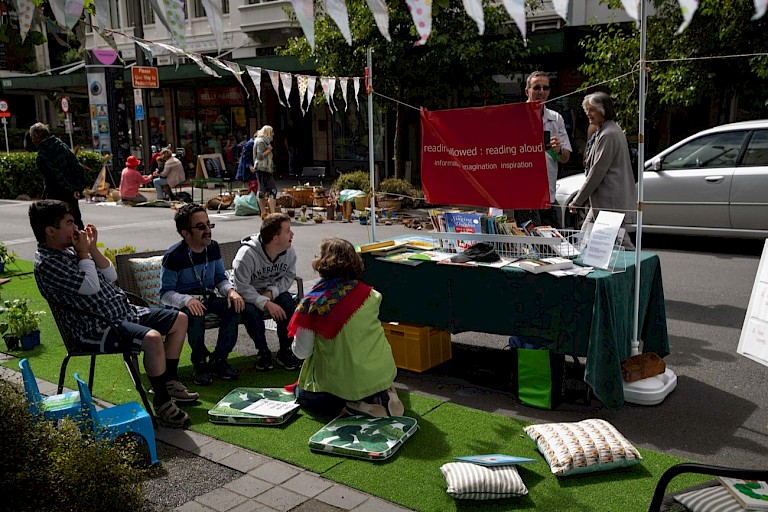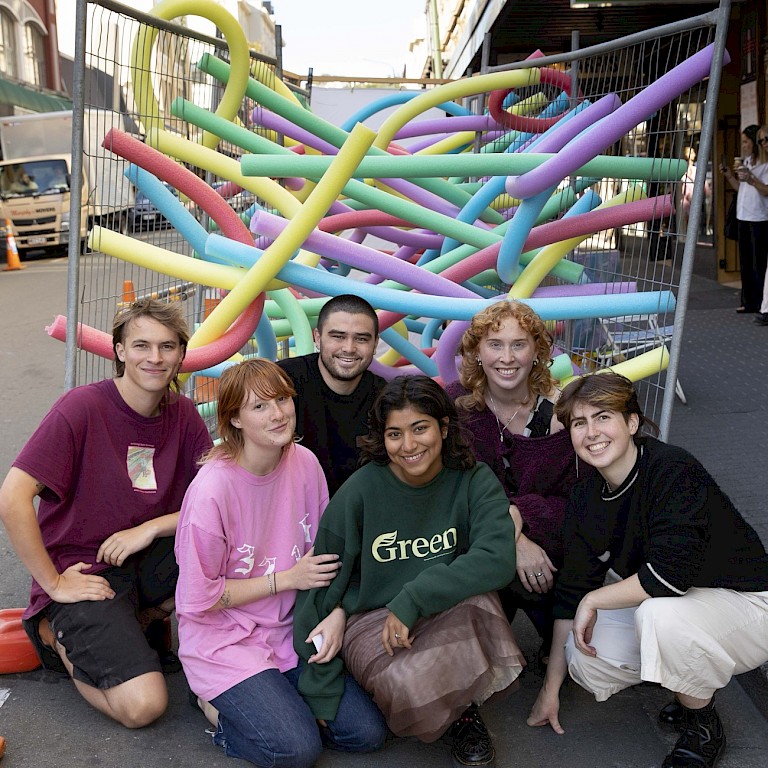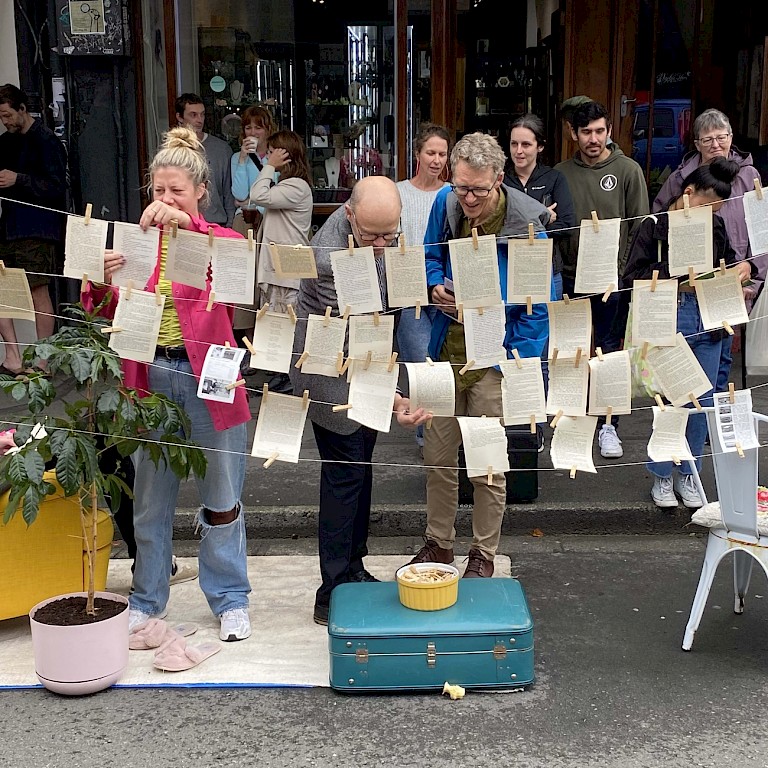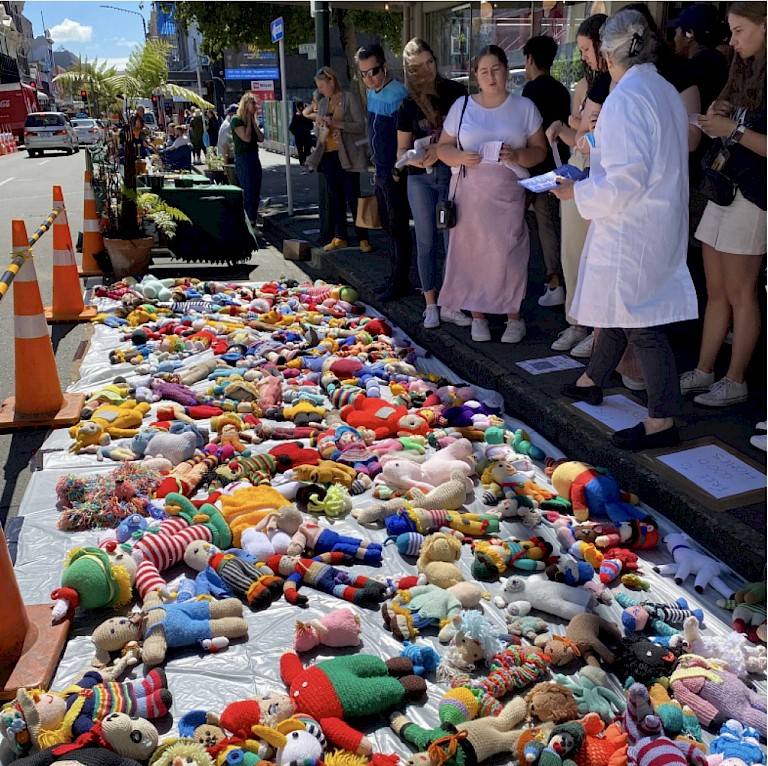



Aotearoa New Zealand exhibits a low-density urban settlement pattern, its historical development following in the footsteps of Australia’s sprawling urbanism. Planning for Wellington began with the grid, as for Auckland and Christchurch. However, while initial town planners “included ample provision for public space like squares and parks, these were sacrificed to commercial imperatives” with the consequence that Auckland and Wellington “lacked organised public space to foster civic life.” (Schrader, 2014)
At the same time, the activity of speculators shaped the development of these early towns, producing clusters of buildings with intervening empty plots and causing the eventual cities to lose out on the order promised by the grid. Residential dwellings until recently privileged the “stand-alone house on an individual section and a cultivated garden” to the extent that a Wellington printer observed in 1842, “... [e]very person seems to have an inclination to build houses and fence in their ground ... Brick and wooden houses are springing up on ground that appeared deserted; gardens fenced in and cultivated” (Schrader, 2014).
Planners in the late 20th and 21st centuries attempted to address the deficit of civic or public life in Auckland and Wellington by providing civic squares and so-called “pocket parks.” Still, providing such facilities does not necessarily mean that prevailing patterns of public life are transformed overnight. In many New Zealand towns and cities, social activities that might otherwise have happened in the public realm tended to occur in the privacy of residential properties and gardens (think of the popularity of backyard BBQs and holidays at the “bach” in the New Zealand imaginary). It is against this historical backdrop of urban development and sprawl that a project like Park(ing) Day acquires its contemporary significance; a major consequence of low-density urbanism (in New Zealand as elsewhere) is of course a heavy reliance on cars as the preferred mode of transportation.
Park(ing) Day is an “open-source” public art/design project that seeks to transform patterns of urban public life in multiple locations around the world, including in Wellington, New Zealand.
Beginning in 2005 as “a guerrilla art project and act of design activism,” the Rebar design group reclaimed a single car parking space with “200 square feet of lawn, a 15-foot-tall tree, [and] a rented park bench” in San Francisco. Since then, Park(ing) Day has grown into a global movement.
Park(ing) Day in Wellington is organised by the Wellington Sculpture Trust (WST), working in close collaboration with the Wellington City Council, which provides the 30 parking spaces occupied by participants for 8 hours on the day. WST has supported ten iterations of Park(ing) Day to date. In each iteration, “For one day a year, artists and community groups take over inner-city car parks, challenging us to think about how we can make better use of our public space.” (WST)
Over the last five years, WST has tweaked the event to maximise participation by gradually concentrating the allocation of parking spaces to Cuba Street, seen by many as the cultural hub of the city, and shifting the 2023 event from a Friday to a Saturday to generate greater engagement.
A key strength of the event has been the variety of participation, spanning young and old, the diversity of those participating, the range of artistic forms involved (painting, conceptual art, musical performance, dance, weaving, singing, actors), the range of issues addressed (e.g. climate change, environmental harm, waste, reduced use of cars, city planning and design) and community involvement (various inner city groups). We have achieved close to full utilisation of the 30 parking spaces available in the last three years, and this has fostered a stronger festive character to the event.
Besides the main aim of temporarily reclaiming spaces from cars for public life, WST’s iterations of Park(ing) Day also focus on connecting artists and other creative practitioners with Wellington’s residents, potentially as a form of professional development for many participants. This is evident in some of the participant feedback on the 2023 iteration:
"Participating in PARK(ing) Day has had a profound impact on my pottery practice and career. Integrating ceramics into my installations has allowed me to showcase the beauty and versatility of the art form to a wider audience. Engaging with students and the public during the event has not only inspired and encouraged aspiring ceramic artists but also led to increased enrolment in my pottery classes and workshops. The exposure gained from PARK(ing) Day has attracted the attention of individuals and art organisations, resulting in exciting exhibition opportunities and collaborations with fellow artists. Moreover, networking at the event has expanded my knowledge and connected me with a supportive community of artists, fostering meaningful connections and potential partnerships. Overall, PARK(ing) Day has elevated my ceramics practice, boosted my student base, and opened doors for further growth in the field. KMParticipating in PARK(ing) Day gave me a novel way to exercise my expertise in theatre, artistic and audio practice in a novel and exciting way. Within the confines of the parklet I was able to use my creative energy to create a piece that the Wellington community could build together - namely a collaborative audio track based off of volunteers from the public with the prompt of being animals. This would not have been possible without this event. DELMy participation in PARKing Day 2023 was a fantastic experience and wonderful opportunity for me as a visual artist. The whole process was beneficial; from proposal, planning, install and exhibit; it all allowed me to build my confidence and creativity through the broadening of my practice, and gave me a fun platform to connect with Wellingtonians. It's such a great initiative and l hope to do it again." (participant feedback, Wellington)
EHWST estimates that around 3000 people engaged with Park(ing) Day on the 4th of March, 2023, during which 684 voted in a People’s Choice Award of $500 for the most popular parklet/space. While WST’s focus is on the commissioning of permanent public works of contemporary sculpture in the city, it has also developed expertise in the temporary public art arena through its biennial 4 Plinths Sculpture Award, when temporary sculptures are commissioned for four concrete plinths in the forecourt of Te Papa Tongarewa, the Museum of New Zealand. Some of this expertise has informed the development of Park(ing) Day by the WST over the ten iterations of the past decade, a recurring event that might also be framed as a form of social sculpture.
The Wellington Sculpture Trust (WST) was established in 1982 and is a voluntary and independent charitable trust dedicated to enriching Wellington by providing contemporary, innovative public art for the city.
WST has installed 27 works in the city centre, waterfront, along Cobham Drive near Wellington’s airport, and in the Botanic Garden. The large body of work that is now in these locations provides for three distinct sculpture walks that enable people to enjoy the works in the gardens, on the waterfront, or in the CBD, as well as being able to enjoy them as they get about the city.
WST’s aim is not only to commission public works of art, but also to encourage and support sculptural practice in New Zealand.
All WST sculptures, with one notable exception (the Henry Moore), are by prominent New Zealand sculptors. Their contribution to the cityscape is enduring and enriches the creative atmosphere of the city; making art accessible to everyone and raising awareness, understanding and appreciation of contemporary public sculpture.
Although WST is focussed on permanent sculptures, the Trust also works with temporary projects, of which Park(ing) Day and the 4 Plinths Sculpture Project are two notable examples.
